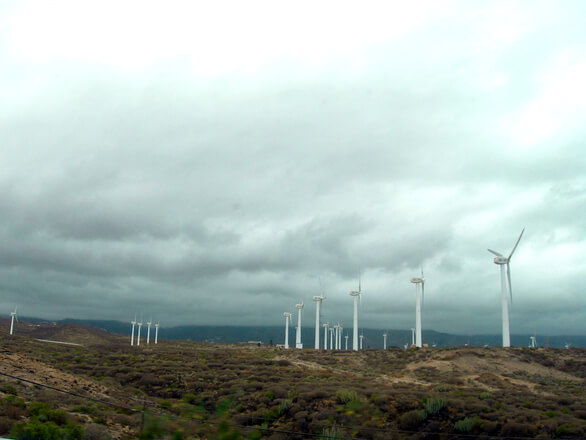The United States and China issued a joint statement announcing the two nations will sign the Paris Agreement, last year’s international agreement to lower greenhouse gas emissions, on Friday, April 22 (this Earth Day).
AWEA CEO Tom Kiernan reacted with the following statement:

The U.S. and China issued a joint statement recognizing the Paris Agreement, which will be signed on Earth Day. This marks a global commitment to tackle climate change and a serves as a signal for the need of low-carbon, climate-resilient economies.
“This historic announcement shows the U.S. is in the market for climate solutions that work. Wind power is one of the biggest, fastest, cheapest ways the U.S. can reduce carbon pollution. Through deploying more wind energy, we can cut out a tenth of the nation’s entire carbon footprint by the year 2030 and keep more money in the pockets of American consumers while doing so.
“We’re on track so far. Wind was the number source of new electricity in the U.S. last year, and wind power today cost two-thirds less than it did just six years ago.
“The U.S. has a plan to meet its part of the agreement, the Clean Power Plan. While the Supreme Court has issued a temporary stay of that rule, we expect it to be upheld. Meanwhile states and the electric sector have already begun an unstoppable conversion to a safer, cleaner-powered future. According to the Energy Information Industry, if the states choose the most cost-effective way to implement the plan, wind energy will supply 57% of the new energy required. We’re ready with the low-cost solution.”
Wind power installed in 40 states produces enough electricity to power the equivalent of 19 million homes. As a result, wind energy already greatly reduces carbon pollution, avoiding 126 million metric tons of carbon dioxide emissions last year.
With stable policy, Kiernan added: “Wind power can keep cutting carbon pollution, creating jobs, and keeping our air clean for generations to come.”
AWEA
www.awea.org
Filed Under: News, Policy




